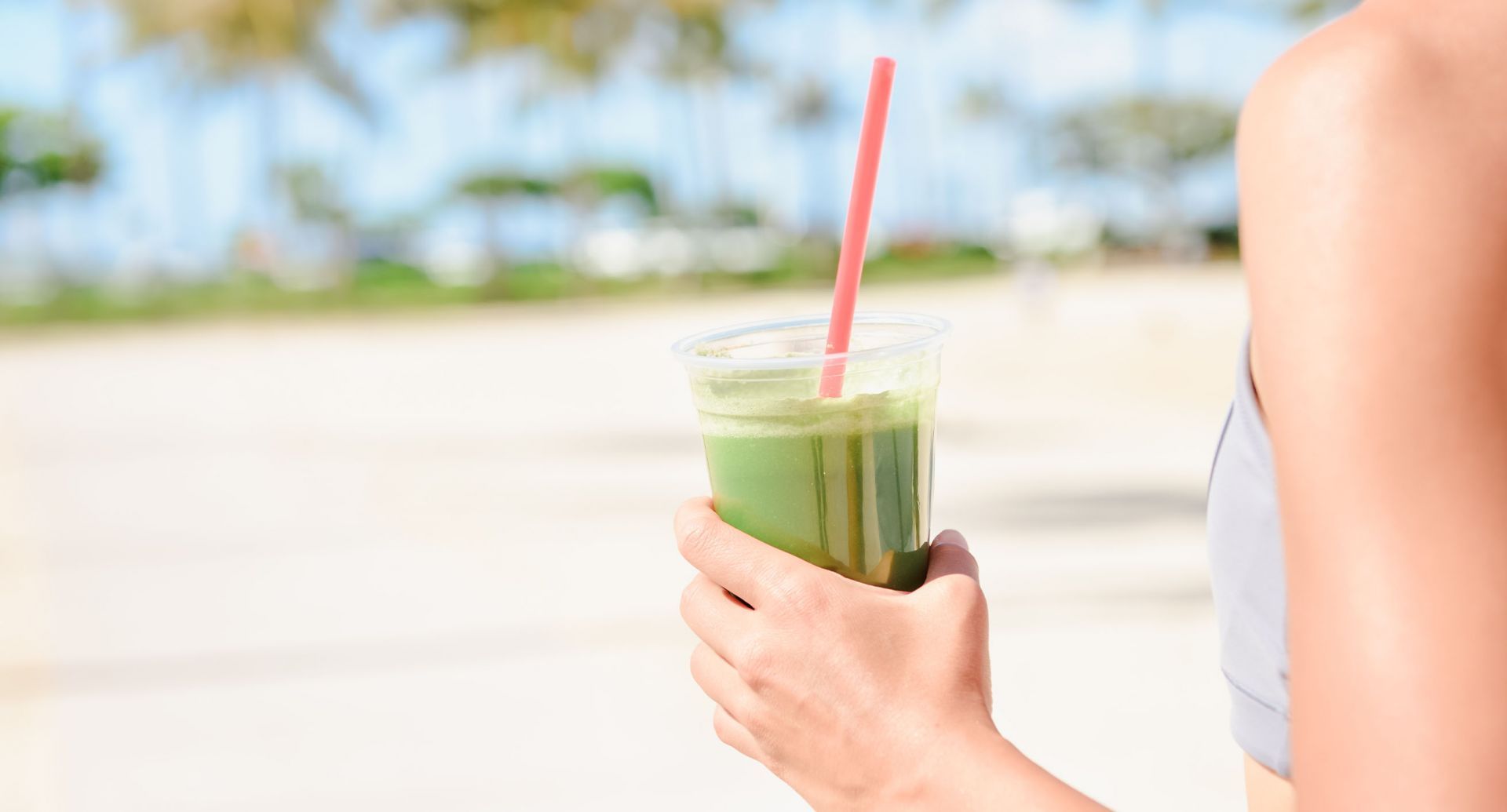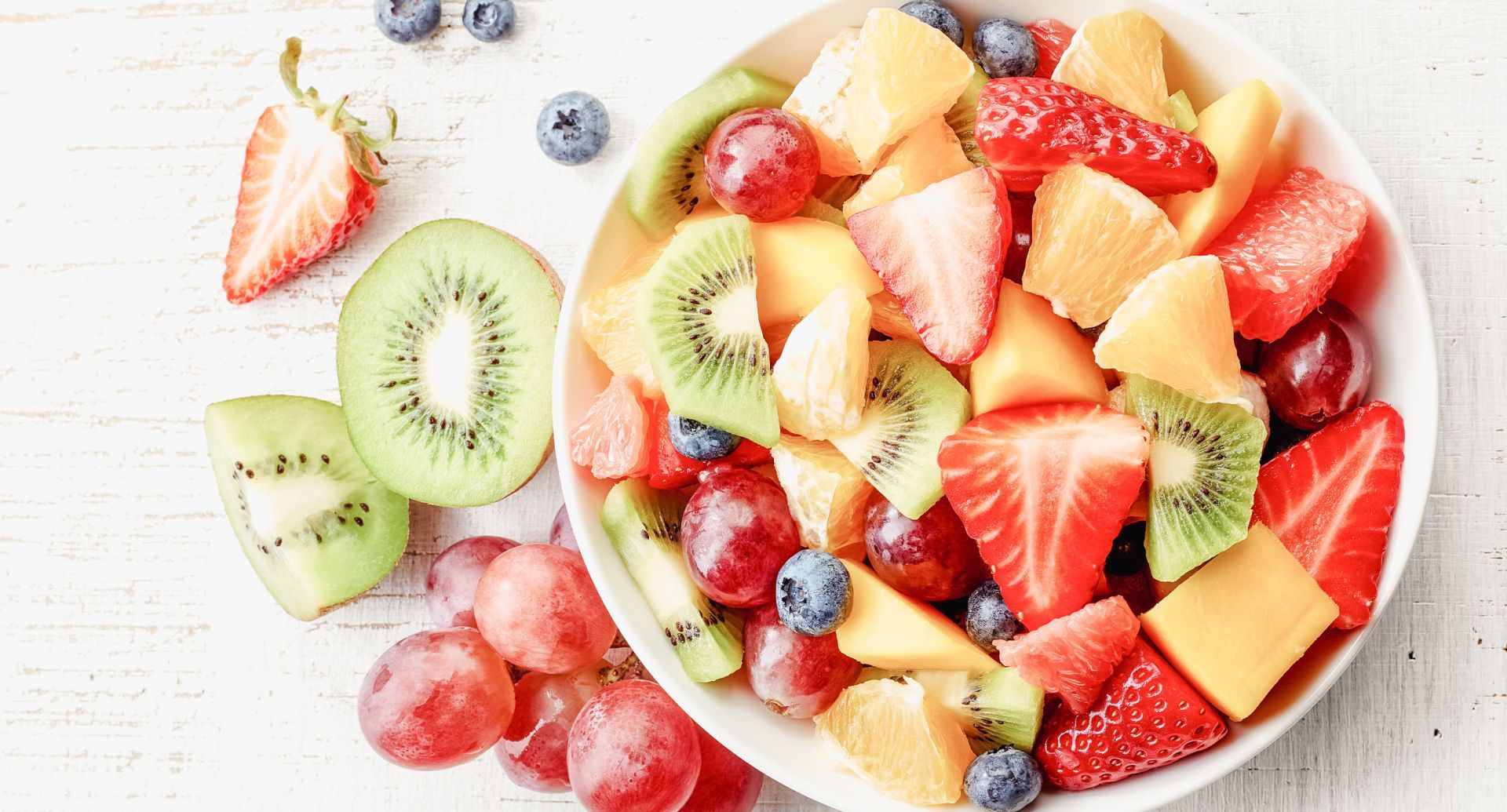8 Foods You Think Are Healthy – But Aren’t Always
by Anna Victoria in Recipes + Nutrition
Do you have a health halo?
The term isn’t as innocent as it seems, and it may be the reason why your eating isn’t getting you the results you want. “Health halo” refers to the perception that if a food is low in calories, fat, or sugar, then it’s healthy.
Here are eight great examples of how the “health halo” may be affecting you.
TRY THE FIT BODY APP FREE FOR 7 DAYS! DOWNLOAD NOW.

1. Granola Mix and Granola Bars
Oatmeal, fruit, and nuts are all healthy for you, so why wouldn’t they be just as healthy combined? The problem isn’t the ingredients, but the added sugar that ends up packing on 500 or more calories in a single cup or bar!
ANNA’S TIP
Find a high-fiber option of your favorite granola, with no more than 15-20g of sugar per 100g serving, or opt for a homemade version so that you can control the sugar!
2. “Vitamin” Drinks
So, you just powered through a workout. Time to grab a Vitamin Water or bottle of Gatorade? No! Many of these drinks are marketed as healthy, but in reality they contain just as many calories and grams of sugar as a bottle of Coca-Cola… sometimes even more!
ANNA’S TIP
Just drink water! It’s truly the best drink for your body. And if you need a little caffeine, a cup of black coffee or an herbal tea with caffeine will perk you up without filling your body with unnecessary calories. Just save this for a little later as your body truly needs good ol’ water post workout.
3. Pre-Made Smoothies
Who doesn’t love a good smoothie? They taste amazing and are a great way to get fruits and protein on the go. The problem? Store-bought smoothies – either from mixes or your local juice spot – are often overloaded with sugar in order to make them taste good to the average person. These drinks can contain more than 30g of sugar per 100g serving!
ANNA’S TIP
Make your own fresh smoothies at home with your favorite fruits and veggies, a little almond milk, ice, chia seeds, and some protein powder or greek yogurt. Try to keep the veggie to fruit ratio 2:1 and really ramp up the nutrient content by adding some vitamin-packed spinach or kale to your smoothie before you blend.

4. Trail Mix
Much like granola, the main ingredients in trail mix – like nuts and raisins – aren’t bad for you. However, store-bought trail mix often has a ton of chocolate mixed in, along with yogurt-covered dried fruit, crackers, or other ingredients that jack up the calorie and sugar factor big time.
ANNA’S TIP
Grab a handful of almonds or raisins when you need a healthy snack on the go. You’ll get much-needed protein and carbs without all the additives that make it unhealthy. And don’t be nervous about the fat content of nuts! A healthy diet actually requires a decent amount of good fats and, in moderation, nuts are one of the best healthy fat sources.
5. Most Protein Bars
To be honest, most protein bars aren’t any better for you than eating a candy bar post-workout. Sure, they contain protein, but they also contain tons of sugar and fat. The U.S. Food and Drug Administration even warned the makers of KIND nutrition bars to stop marketing them as “health foods” because of the calorie and sugar content.
ANNA’S TIP
Refuel after your workout with protein that comes in whole food forms, like almonds or bananas. If your only option is a protein bar, look for one that contains less than 7g of sugar and AT LEAST 15g of protein per 28g serving. Better yet, make your own protein bars at home!
6. Fat-Free Anything
There was a time in the early 1990s when food manufacturers started producing fat-free foods because consumers thought fat in food = fat on the body. However, fat is not bad for you! It’s vital for you to consume fat as a part of your diet, and no or low-fat foods are often infused with chemicals to replace the taste lost by extracting the fat.
ANNA’S TIP
Watch your fat intake, but don’t shy away from eating foods that contain fat. Whole foods are much, much better for you than processed foods created in a lab or a factory. Opt for a serving of avocado, drizzle some olive oil on your food here and there, or grab a handful of nuts!
7. Wheat Bread
This has nothing to do with gluten and everything to do with what whole wheat bread is usually made from. Most so-called whole wheat breads aren’t actually made with whole grains. Instead, they are made with enriched white flour that digests rapidly in your body, prompting a big blood sugar spike AND crash.
ANNA’S TIP
Look for breads that have “whole wheat flour” listed as the number one ingredient. These are the breads that are actually whole wheat. If the first ingredient says “enriched wheat flour,” this is simply white flour in disguise!
8. Fruit-Filled Yogurt
Yogurt is fantastic for your digestive system – and it tastes pretty great too. However, store-bought versions of your favorite snack are often – you guessed it – filled with unnecessary sugar.
ANNA’S TIP
Opt for plain Greek yogurt and mix in your own fruits or honey. You’ll get all of the protein of the yogurt without upwards of 30 grams of sugar in one little container.

To avoid these and other unhealthy foods in disguise, read the labels! Look for foods that have less than 15g of sugar per 100g serving and try to stick with purchases that have as few processed ingredients as possible. Also minimize the amount of ingredients on any given label. Fewer ingredients usually means it’s more natural and healthier for you!

